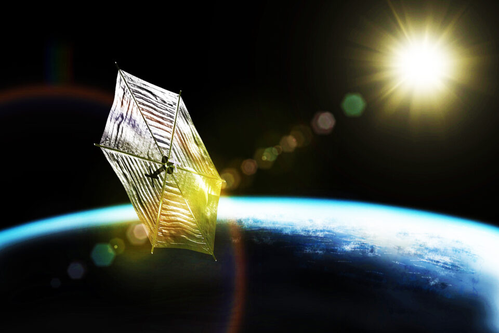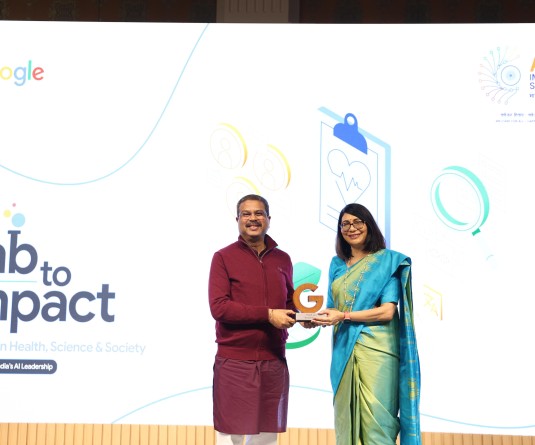IANS Photo

New York, August 2 (IANS): Scientists have proposed a solar shield to reduce the amount of sunlight hitting Earth, combined with a tethered, captured asteroid as a counterweight -- a workable design that could mitigate climate change within decades.
One of the simplest approaches to reducing the global temperature is to shade the Earth from a fraction of the sun's light.
This idea, called a solar shield, has been proposed before, but the large amount of weight needed to make a shield massive enough to balance gravitational forces and prevent solar radiation pressure from blowing it away makes even the lightest materials prohibitively expensive.
The creative solution, proposed by Istvan Szapudi, an astronomer at the University of Hawaiʻi Institute for Astronomy, consists of two innovations: a tethered counterweight instead of just a massive shield, resulting in making the total mass more than 100 times less, and the use of a captured asteroid as the counterweight to avoid launching most of the mass from Earth.
"In Hawaiʻi, many use an umbrella to block the sunlight as they walk about during the day. I was thinking, could we do the same for Earth and thereby mitigate the impending catastrophe of climate change?" Szapudi said.
The approach is detailed in a paper published in Proceedings of the National Academy of Sciences.
Szapudi began with the goal of reducing solar radiation by 1.7 per cent, an estimate of the amount needed to prevent a catastrophic rise in global temperatures. He found that placing a tethered counterbalance toward the sun could reduce the weight of the shield and counterweight to approximately 3.5 million tons, about one hundred times lighter than previous estimates for an untethered shield.
While this number is still far beyond current launch capabilities, only 1 per cent of the weight -- about 35,000 tonnes -- would be the shield itself, and that is the only part that would have to be launched from Earth.
With newer, lighter materials, the mass of the shield could be reduced even further. The remaining 99 per cent of the total mass would be asteroids or lunar dust used as a counterweight.
Such a tethered structure would be faster and cheaper to build and deploy than other shield designs. Currently, the largest rockets can only lift about 50 tonnes to low Earth orbit, so this approach to solar radiation management would be challenging.
Szapudi's approach brings the idea into the realm of possibility, even with today's technology, whereas prior concepts were completely unachievable. Also, developing a lightweight but strong graphene tether connecting the shield with the counterweight is crucial.






